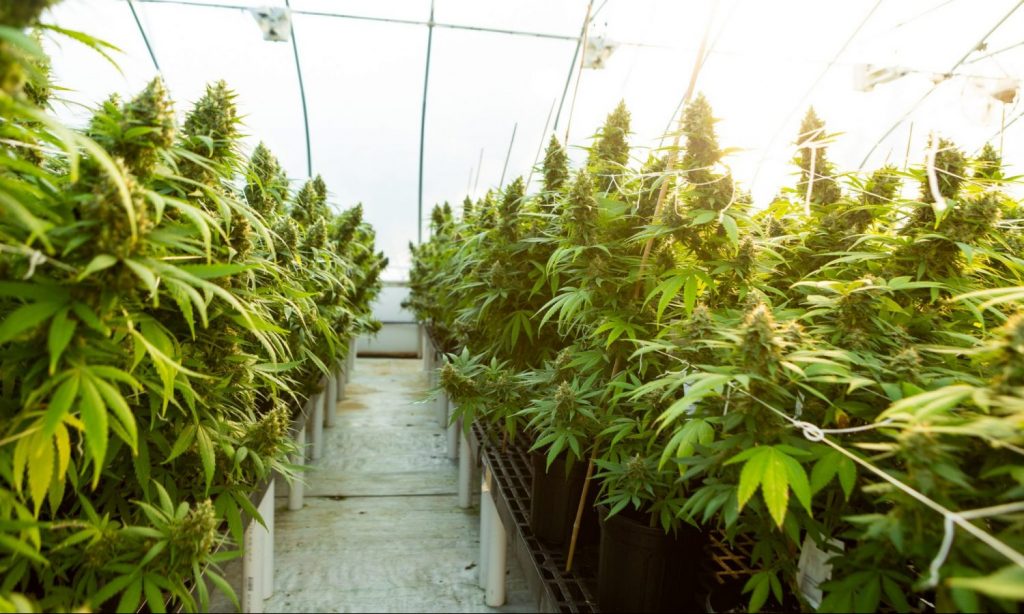You are here
Home 🌿 Cannabis Technology News 🌿 UK Researcher Says Hemp Captures More CO2 Than Forests 🌿UK Researcher Says Hemp Captures More CO2 Than Forests

According to Cambridge University researcher Darshil Shah, hemp can be twice as effective as trees at sequestering atmospheric carbon. Here’s how.
Hemp Blockchain, Inc, a Utah-based agricultural tech company, has come up with a novel solution to measure and record information on carbon emissions and atmospheric carbon sequestration for hemp farms: blockchain.
The product, part of what the company is calling a “Carbon Protocol Initiative” may set a new standard for establishing the net carbon footprint of hemp companies, one of the company’s goals.

Photo by Remedy Pics via Unsplash
The solution will take data from critical points throughout the cultivation process, registering both CO2 sequestration and emissions into a blockchain record.
The system will then grant cultivators carbon credits that will be translated into tokens. “Carbon offset credits that can be used by corporations to balance their carbon emissions CO2 in order to meet their CSR and ESG commitments,” according to a company press release.
“The Hemp Blockchain is building a critical piece of the digital infrastructure that will enable efficient and trusted transactions across the entire industry,” said Hemp Blockchain’s CEO and president Dan Higbee.
Hemp Leads Co2 Sustainability: According to Cambridge University researcher Darshil Shah, hemp can be twice as effective as trees at sequestering atmospheric carbon.
Industrial hemp absorbs between 8 to 15 tons of CO2 per hectare of cultivation, while forests typically capture 2 to 6 tons of CO2 per hectare per year, depending on climate, region and growth stage, Shah told Dezeen.
Shah, a member of the Centre for Natural Material Innovation, part of Cambridge University’s Department of Architecture, conducts research into biomaterials and focuses on building techniques that can help bring the carbon footprint for the building industry to zero.
Shah highlighted the role of hemp as a source of sustainable building materials for the future, noting that the crop can produce more usable fibers per hectare than forestry. Hemp fibers can be turned into bioplastics and engineered woods that can replace building materials such as fiberglass and aluminum.
420 Intel is Your Source for Marijuana News
420 Intel Canada is your leading news source for the Canadian cannabis industry. Get the latest updates on Canadian cannabis stocks and developments on how Canada continues to be a major player in the worldwide recreational and medical cannabis industry.
420 Intel Canada is the Canadian Industry news outlet that will keep you updated on how these Canadian developments in recreational and medical marijuana will impact the country and the world. Our commitment is to bring you the most important cannabis news stories from across Canada every day of the week.
Marijuana industry news is a constant endeavor with new developments each day. For marijuana news across the True North, 420 Intel Canada promises to bring you quality, Canadian, cannabis industry news.
You can get 420 Intel news delivered directly to your inbox by signing up for our daily marijuana news, ensuring you’re always kept up to date on the ever-changing cannabis industry. To stay even better informed about marijuana legalization news follow us on Twitter, Facebook and LinkedIn.




